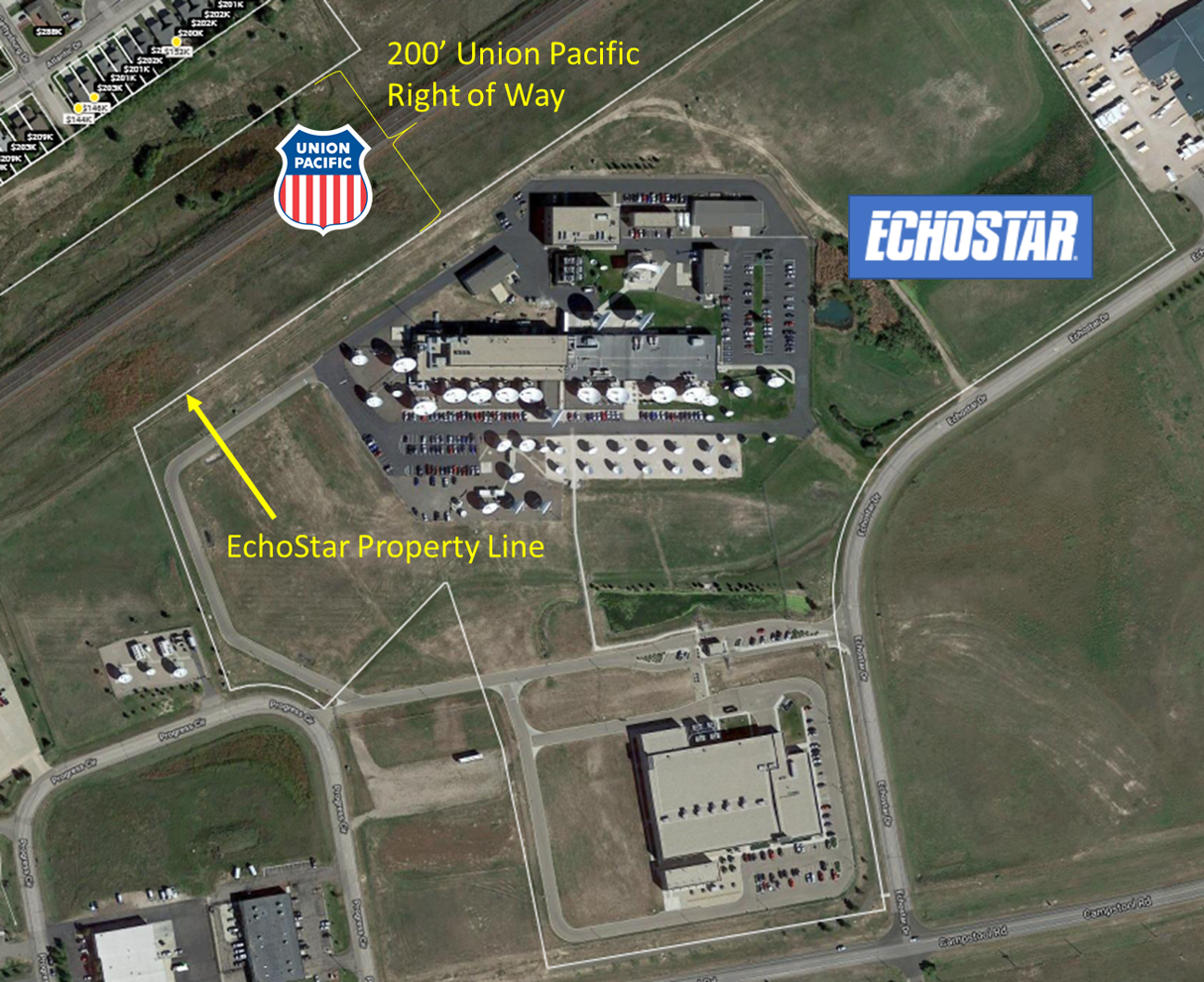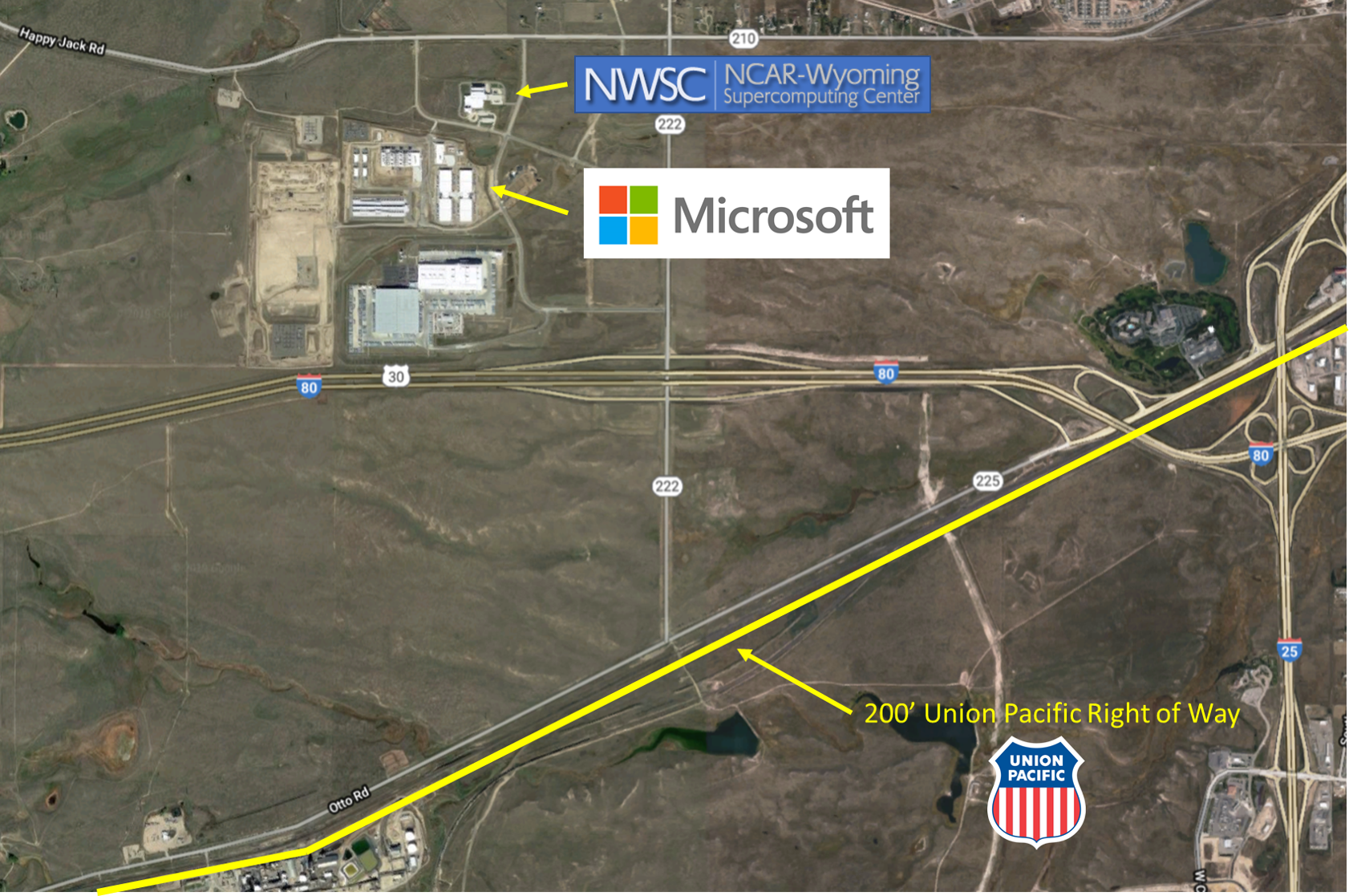How 19th Century Politics Affected Data Center Locations Today
Dear hawkers! Since this is my first experiment to post content on Habr, please do not judge too harshly. Criticism and suggestions are readily accepted in the PM.
Recently, Google announced the availability of a new data center in Salt Lake City, Utah . This is one of the most modern data centers in which such companies as Microsoft, Facebook, Apple, Yahoo, and others have invested, located along the line corresponding to the 41st parallel in the United States.

Each of these companies invests billions of dollars in these four cities:
- Microsoft has invested $ 3.5 billion in one of the largest data centers in Des Moines, Iowa, as well as $ 750 million in data centers located in the city of Cheyenne, Wyoming.
- Apple has invested $ 1.35 billion in a modern data center in Des Moines.
- Google is investing $ 1 billion in a data center near Omaha, Nebraska, in addition to its recent investment in Salt Lake City.
- The NCAR National Atmosphere Research Center has built a 1.5 petaflop supercomputer in Cheyenne, and it is one of the fastest supercomputers in the world.
- The US National Security Agency operates a huge intelligence storage facility in Salt Lake City, Utah.
So what makes the 41st parallel so special, forcing various companies to invest billions of dollars building data centers in these cities?
The answer is that most of the traffic flowing from the east to the west of the USA and back passes through each of these places through a large collection of fiber optic cables owned by a large number of telecom companies, such as: AT&T, Verizon, Comcast, Level 3, Zayo, Fibertech, Windstream and others.
This infrastructure of fiber-optic networks provides data centers with access to a huge number of wide channels, spurring the investment cycle - more data centers attract more traffic, which, in turn, leads to the construction of more fiber-optic backbones, which again leads to building more data centers.
Why did all these telecom giants choose the location of their highways along this route across the United States? Because each of these cables runs underground under a continuous exclusion strip of approximately 60 meters wide along the very first transcontinental railway, the construction of which was completed in 1869. The U.S. government granted land rights to Union Pacific Railroad by signing the Pacific Railroad Act of 1862 . And if you are a telecommunications company that wants to lay a new optical backbone through the United States in 2019, you will need to coordinate your project with only one company - Union Pacific. This small strip of land completely crosses the USA, as seen on this 1864 railroad project:

An example of such a telecom neighborhood is EchoStar's main teleport in Cheyenne, Wyoming. EchoStar operates 25 geostationary satellites for broadcasting content and films. They bought a large piece of land near the Union Pacific exclusion zone, which allowed them to connect directly to transcontinental optical cables buried next to the railroad.
In the picture below you can clearly see the line dividing the boundaries of EchoStar ownership, the northern of them coincides with the border of the Union Pacific alienation zone.

Another example of such a neighborhood is the data centers of Microsoft and the NCAR supercomputer center in Wyoming. Both are located within a kilometer of Union Pacific Railroad:

And why was the railroad built along the 41st parallel, from Iowa to California?
Since 1853, the United States conducted surveys in order to find out the best route for the new railway - along the 47th, 39th, 35th and 32nd parallels. In 1859, US Secretary of War Jefferson Davis strongly supported the southern route from New Orleans to San Diego - it was shorter, there were no high mountains that needed to be overcome, and there were no snowfalls that would increase the cost of maintaining the new railway the roads. But in the 1850s, not a single congressman from the northern states would vote for the southern route, which would help the Confederate slave economy, and no congressman from the southern states would vote for the northern route. This stalemate persisted until the outbreak of the US Civil War. When the southern states withdrew from the union in 1861, the remaining politicians from the north quickly voted in favor of the Railways Act of 1862, which secured the start of the transcontinental road in Council Bluffs, Iowa, and its route from west to east along 41 th parallel.
Why precisely Council Bluffs? There were many cities willing to compete for the right to receive this privilege. But it was Council Bluffs that was chosen, since the Plate River valley, strictly west of the city, smoothly rose to the Rocky Mountains, offering a convenient source of water for steam locomotives. The same water is now used for adiabatic cooling of modern data centers along this route.
After the construction of the first railway was completed, Western Union immediately established the first telecommunication corridor in the railway exclusion zone, and soon transmitted all telegrams from one end of the continent to the other. Later, when AT&T built long-distance telephone lines at the beginning of the 20th century, they were also built along this railway. These highways grew and built up until they turned into a huge cluster of communication highways existing in this strip of land today.
This is how political decisions made more than 150 years ago today determined the place for many billions of dollars to be invested in modern data centers.
All Articles